Black And White Photography: Techniques, Tips, Equipment And Everything You Need To Know
Capturing Black And White Images Is Not As Simple As Putting A Filter On A Photo; High-Quality Black And White Images, You Need To Be Familiar With The Basics Of Light And Shadow.
Black and white photography is one of the most challenging genres of photography. You cannot call it black and white photography by dropping a filter on the images. This article will introduce black and white photography, also known as monochrome photography; You will also learn ways and techniques to improve black-and-white photography, including the correct conversion of B&W images into software such as Lightroom and Photoshop.
What is black and white photography?
Black and white photography is the art of using different shades of gray, from white to black, to create attractive images. This genre has a very long history and dates back to the invention of photography. Later, despite the creation of color photography, black and white photography retained its position. Color can be misleading. One of the tasks of photographers is to simplify the image and achieve the essence of a landscape. Sometimes this ink must be colorless. Ansel Adams says about the difference between color and black and white photography:
I can capture more emotion, better understand color correctly, and practice black and white photography.
Of course, many photographers take photos in color in today’s world. Perhaps this means that man has lost the beauty and imagination of Ansel Adams. Fortunately, by learning the techniques, you can create beautiful black-and-white images.
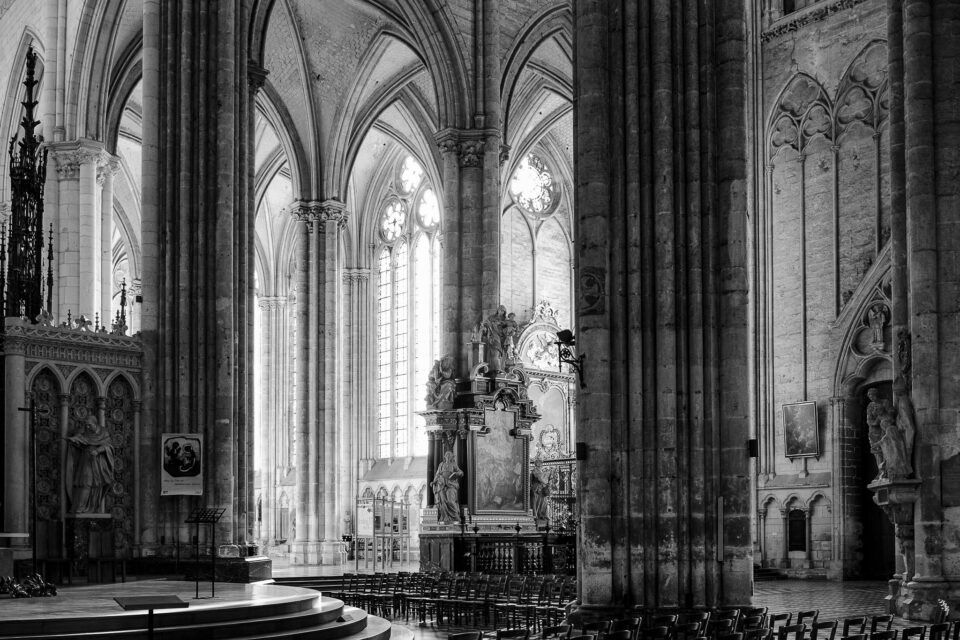
Photo taken with the NIKON D700 + 24mm f / 1.4 lens; Settings: 24mm, ISO 200, 1/80, f / 2.5
The correct method of black and white photography
First, you have to have a reason for black and white photography. An excellent black and white photo is just a good photo. You can not save a catastrophic picture by dropping a black and white filter on it. What the general public usually does. There are seven essential elements to capturing black and white photos, which we will briefly discuss below.
Not all subjects look good in black and white. As a result, always ask yourself: Why do you remove the color from a specific photo? What is the reason for photographing the subject in this way? Black-and-white images look good, but not always. So you have to think about why you are shooting in black and white instead of in color. If you can not find a good reason, it may be better not to take a monochrome photo.
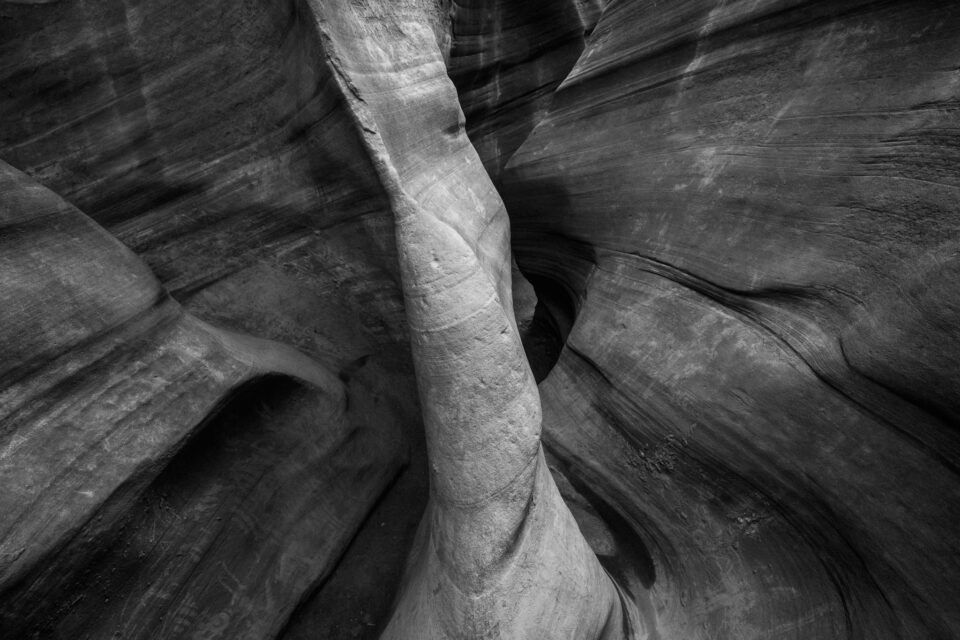
NIKON D800E + lens 14-24, f / 2.8; Settings: 14mm, ISO 100, 1/8, f / 16.0
Black and white photography versus monochrome photography
You may have come across two standard terms that refer to the same thing: black and white (B&W) and monochrome. However, although sometimes these words are used interchangeably, they are not the same. The word monochrome means “monochrome.” As a result, monochrome photos have a color hue. See the image below for an example. It has a brown tint to improve the letters, but at the same time, other colors have been removed from it. As a result, this photo is monochrome, not black and white. Real black and white images have no color but are entirely black, white, and gray.

Nikon D800 E + 70-20mm f / 4 lens; Settings: 135mm, ISO 100, 1/125, f / 8.0
The good news is that you can use any term (monochrome or black and white) without confusion. But if you want to be precise, it is better to use the phrase black and white for completely colorless photos.
Black and white photography equipment
You can use the same camera for color photography or black and white photography. However, it would help if you had more important black and white photography equipment.
Black and white camera
The Leica M Monochrome is a costly camera for $ 8,000, But why bother with black and white photography? Some cameras are designed for black and white photography only. Monochrome cameras provide black and white images with higher resolution and are cleaner than color cameras. Most people, however, opt for a regular color camera because it is more practical.

Leica M monochrome camera
Black and white photography versus color photography and its transformation
Most cameras have black and white shooting mode, which begs the interesting question: is it better to take images in color and then convert them to the final processing, or should we shoot in monochrome mode from the beginning? The simple answer is that it is always better to take pictures in color and then turn them into black and white in the final edit. Because even if you change your mind, you can still have a color version.
You will have a lot of flexibility if you start with a color file because you can still change the colors even after turning black and white in the final version. For example, you can darken the blue channel to make the sky look darker in a monochrome image. It is not possible if you have a black and white photo.
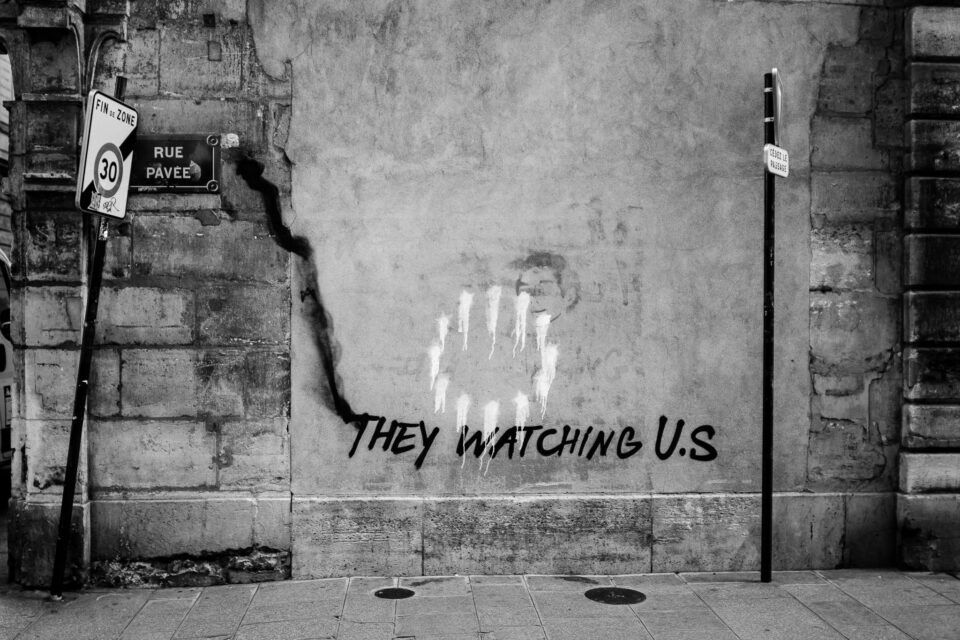
NIKON D7000 + 24mm f / 1.4 lens, settings: 24mm, ISO 180, 1/100, f / 1.4
JPEG vs. RAW
Many photographers shot in RAW format and took RAW photographs with color cameras that usually preserve color information. RAW images generally have more information and image quality, while JPEG images are smaller files with fewer data. For obvious reasons, photographers are looking to capture RAW images.
As a result, if you are shooting in RAW format, you can enable the camera’s monochrome mode and take photos. Images appear on the camera’s LCD screen in black and white but in color when you open them in photo editing software. Because the raw file does not discard any data, you can use this feature to your advantage. If you enable monochrome mode in photography, you will see a black-and-white preview on the camera screen, which helps you visualize the image. But the critical point is that all of these photos are actually in color, and since they are recorded in RAW format, you can convert them to color format.
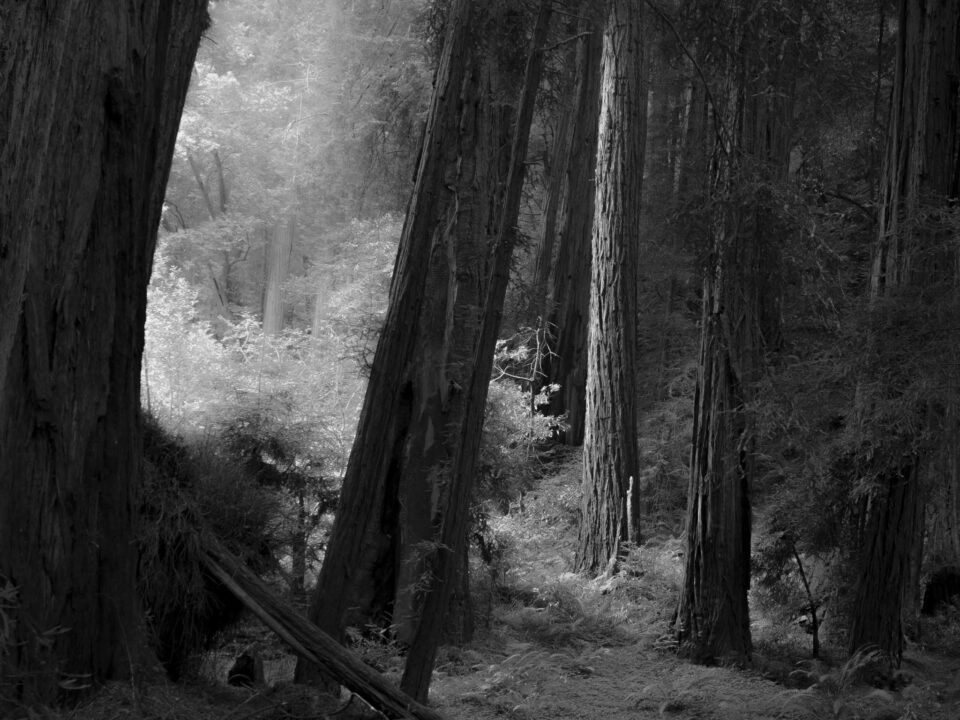
NIKON D7000 + lens 17-55, f / 2.8, settings: 17mm, ISO 100,0.6 sec, f / 8.0
Filters
With black-and-white film or digital cameras, you need to use lens filters to change the contrast and shadows of your image. When you learn about black and white photography equipment, it is better to get acquainted with filters. For example, take a look at the photo below to understand the importance of the effect of color on the image. These photos are taken with blue, green, and red filters that attach to the lens in the form of physical glass filters.

As you can see, the choice of filter has a significant effect on black and white photos. The blue filter also blocks red light and darkens objects such as leaves and the ground. The green filter highlights everything that the small tree elements in the photo above illustrate well. Eventually, the red filter darkens the sky and other blue aspects of the image while brightening all the red parts.
Current digital photographers rarely use color filters for black-and-white photography despite the significant differences above. They have a substantial impact on color images, especially the possibility of reversing and achieving a proper appearance is impossible. Obsessive photographers still use color filters for black-and-white photography because it is impossible to attain perfect software effects. But the number of fans of this work decreases day by day, and you no longer need to use a color filter system for monochrome photography. You can also change many similar effects in the final editing process by setting up independent color channels.
Essential elements for capturing the best black and white photos
When shooting in black and white, it is best to convey the subject’s essence through light and dark shadows, including colors and features like Ansel Adams. The best black and white photos are created according to seven elements.
Shadow
One of the first things to keep in mind when shooting in black and white is that shadows have a dramatic effect. They are no longer the darker areas of the image but the main elements of composition and sometimes even the subject itself. Your approach to shadows in black and white photography affects other photo dimensions. It is in a way that conveys a sense of intensity and emptiness. On the other hand, shadows are subtle and detailed and complicate the photo. Are the clouds black without details?
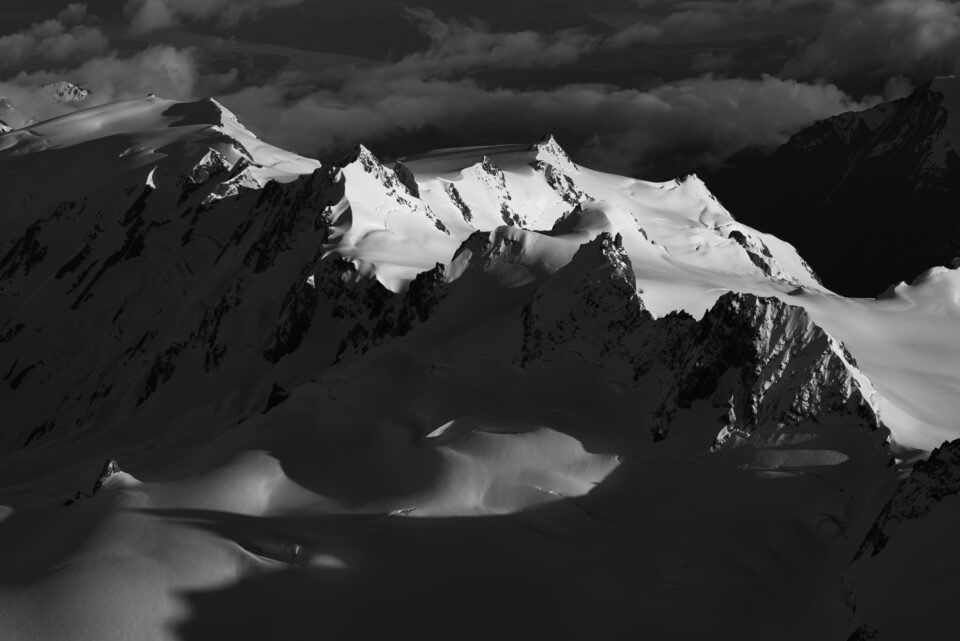
NIKON 810 + 70-200mm f / 2.8 lens, settings: 70mm, ISO 140, 1/500, f / 9.0
It should note that a black and white photo does not need to be pure black or white to look good. It’s just a myth that you need a full range of intense shadows to get the perfect shot. Instead, you should see what shades are suitable for your photo and pay attention to the shadows inside the frame. These shadows are more effective in black-and-white photos than color photos, and your composition may change based on the clouds.
Contrast
According to various definitions, contrast is the difference between the lightest and darkest parts of a photo. By this definition, the spectrum in the image below represents strong contrast and includes both black and white.

Instead, contrast includes a component called proximity. The difference in brightness between the two parts becomes more pronounced when they are placed side by side. The glowing Eiffel Tower is set against a black background in the photo below. This image has more contrast than the high spectrum.
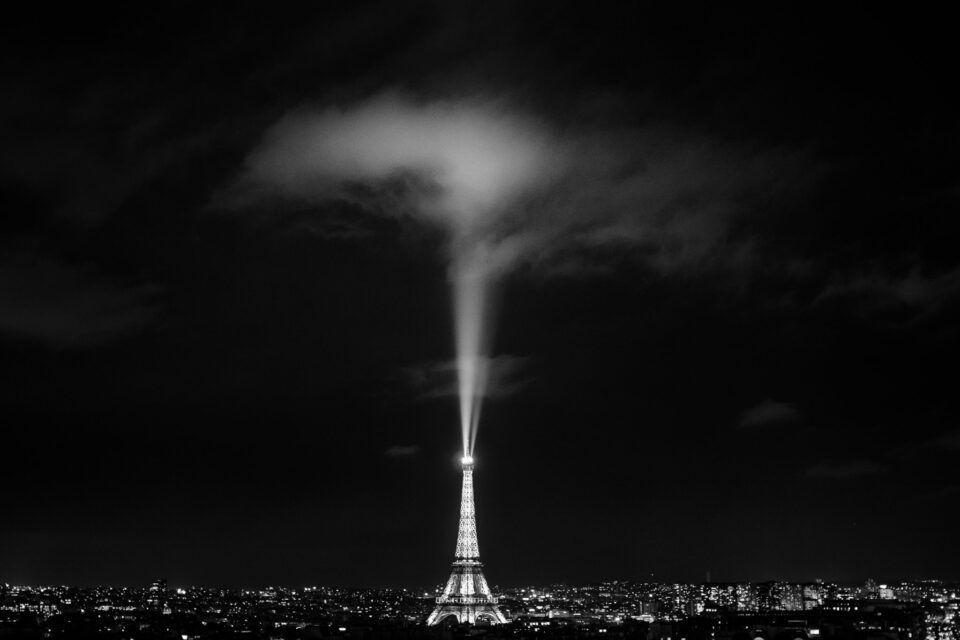
NIKON D7000 + 24mm f / 1.4 lens, settings: 24mm, ISO 800, 1/30, f / 1.4
Contrast is essential in black and white photography because it carries a message. A high-contrast photo like the one above conveys a strong sense often caused by dark shadows. For this reason, photographers like to add contrast to monochrome images. Because it helps them obtain the message, photos with low contrast do not attract much attention, but their soft spectrum can have good results. Some of the best black and white images have a medium silver body.

NIKON D800E + 70-200mm f / 4 lens; Settings: 200mm, ISO 100, 1/160, f / 11.0
The critical point is that the contrast level of the image should be commensurate with the subject to the extent that it can change in the final edit. It may be a mistake to photograph a mild spring day with stark contrast and convey the wrong mood. Likewise, if you are taking monochrome photos from a powerful perspective, high contrast is a good choice for the subject to be seen.
Only (dark and light)
Not all photographers use the word “body” or color in the same way. Here you can mean light base, dark, or shades of gray. Only ones are the basis of black and white photography. You are probably familiar with a few examples if you’ve heard phrases like a high key or low key in photography. Although most photos are neither dark nor light and are between two spectrums, you still need to be careful when shooting alone. It is because only they can convey a powerful message about the photo mode. See the pictures below for an example.
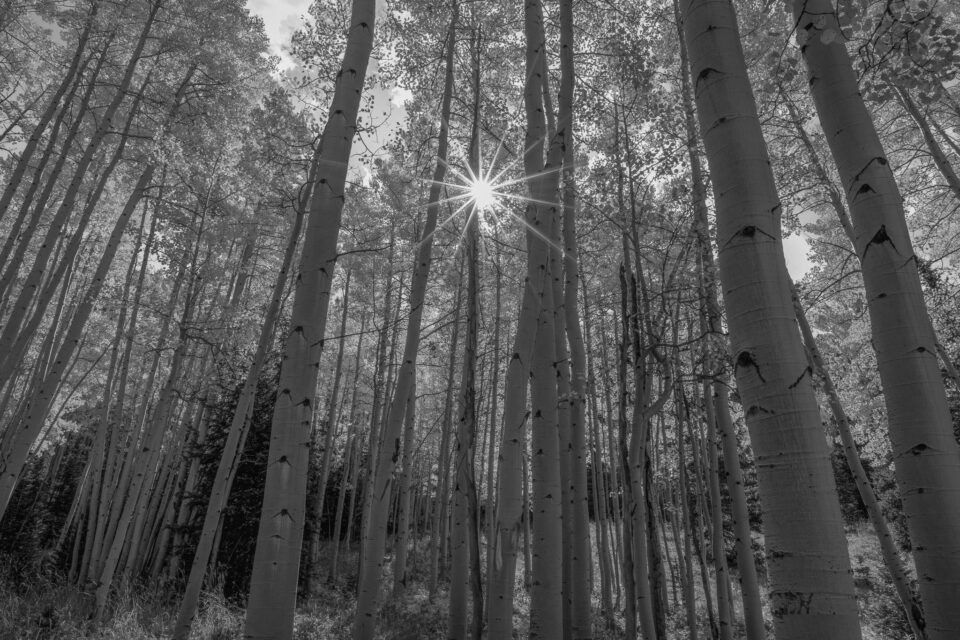
Nikon D800E + 20mm lens f / 1.8; Settings 20mm, ISO 100, 1/30, f / 16.0

Nikon D800E + 20mm lens f / 1.8; Settings 20mm, ISO 100, 1/30, f / 16.0
Both images are the same but have different opacity and brightness. A darker photo looks more mysterious, while a lighter picture looks more subtle and happy. Although the differences in the pictures above are significant, even small changes in soft shadows can dramatically change the emotions of the photo. The most important thing to remember is that only the image, regardless of the darkness or light, should be in harmony with the nature of the subject. Use them to create your mental narrative.
shapes
Each photo is a collection of simple and complex shapes. When you remove the color from your toolbox, bodies become essential for creating your narrative. Take a look at the photo below. Trees and rocks Show a waterfall. It is a rectangular waterfall surrounded by lines and polygons. The big tree is in the waterfall direction and looks like a musical note. But on a more abstract level, it consists of shapes placed side by side on a canvas.
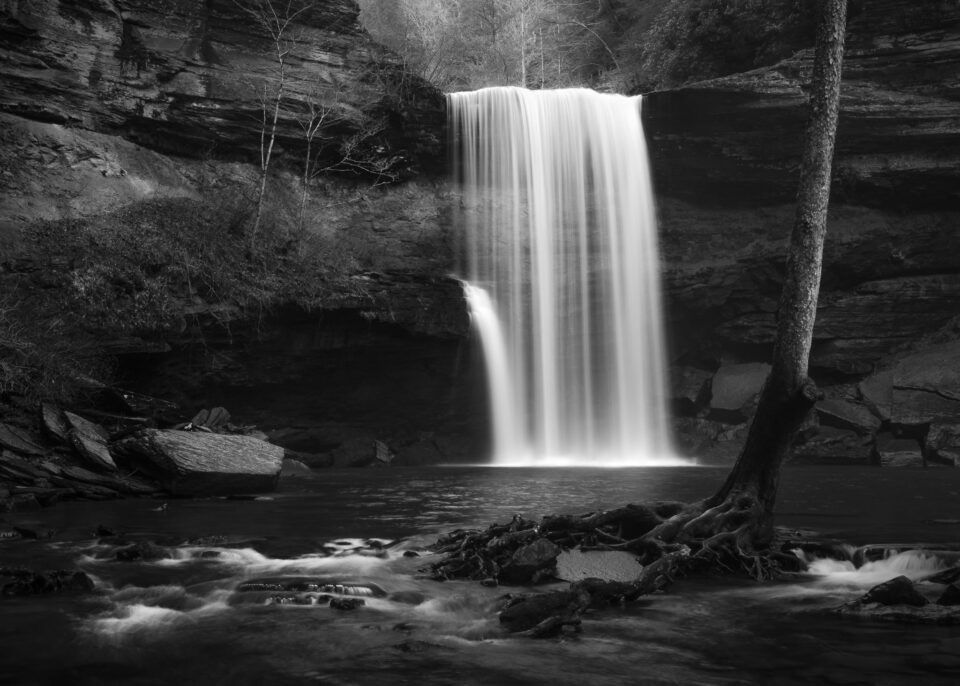
Nikon D7000 + 24mm f / 1.4 lens; Settings: 24mm, ISO 100, 1 sec, f / 11.0
People are usually automatically attracted to shapes. If the subject has no color, form is the only way to tell. Imagine a monochrome photo of a silhouette lamp. The only ones inside the image are black and white. There is no shadow or texture to show the photo, But do you doubt it will show a picture of a lamp? Shapes help simplify the image. Thousands create some famous landscapes because they include a beautifully shaped mountain or river.
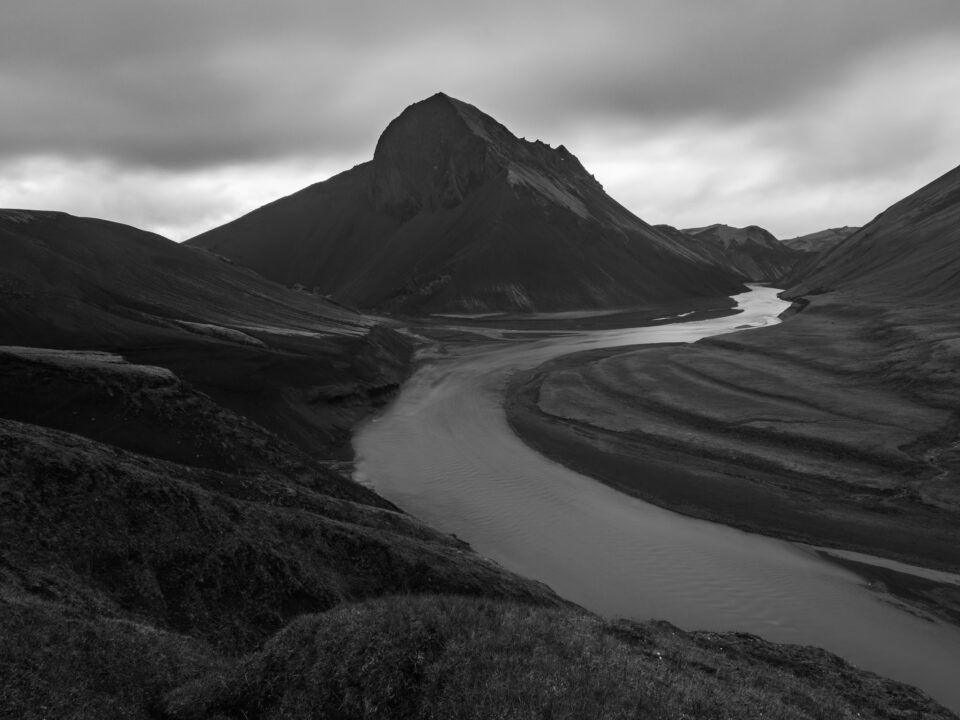
Nikon D800E + TAMRON lens 15-30 mm f / 2.8; Settings: 21mm, ISO 100, 8 sec, f / 10.0
On the other hand, the shape of people can convey in images in a very emotional and recognizable way.
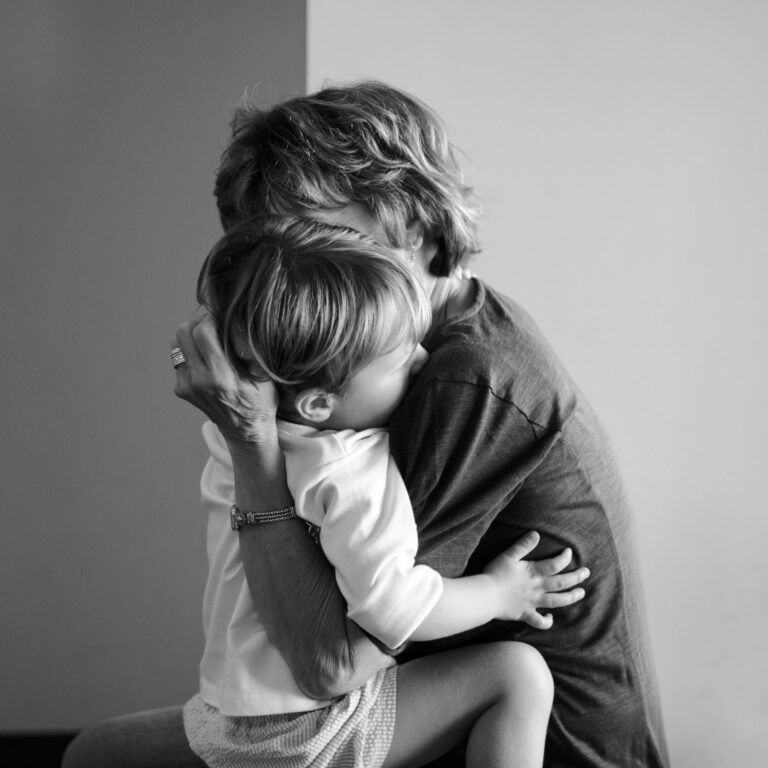
NIKON D7000 + 50mm f / 1.4 lens; Settings: 50mm, ISO 450, 1/400, f / 1.4
No color makes the photo look familiar or abstract in black and white photography. In this style, shapes play a more important role and are the main way to understand the photo’s message.
Texture
While shapes can represent an extensive view of the image, textures do the rest. Surface, like other elements of black and white photography, has the power to influence the mood and feel of the photo. From smooth pebbles to rough grass and glossy aluminum to matte iron rust, the texture is the basis of image identity. It is challenging to take wild pictures of the gentle flow of water because part of it goes back to the soft nature of water, But if you have such a goal, you can achieve it by deepening the shadows and increasing the contrast. Look at the texture of the photos below and think about the mode of these images.
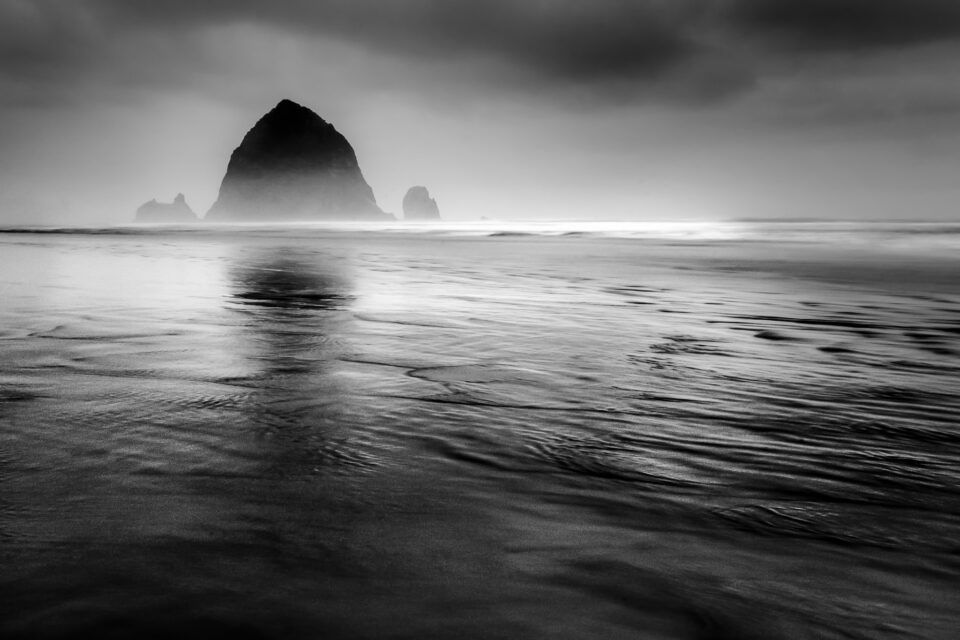
Nikon D5100 + 18-55 lens, f / 3.5-5.6; Settings: 32mm, ISO 100, 6 seconds, f / 22.0
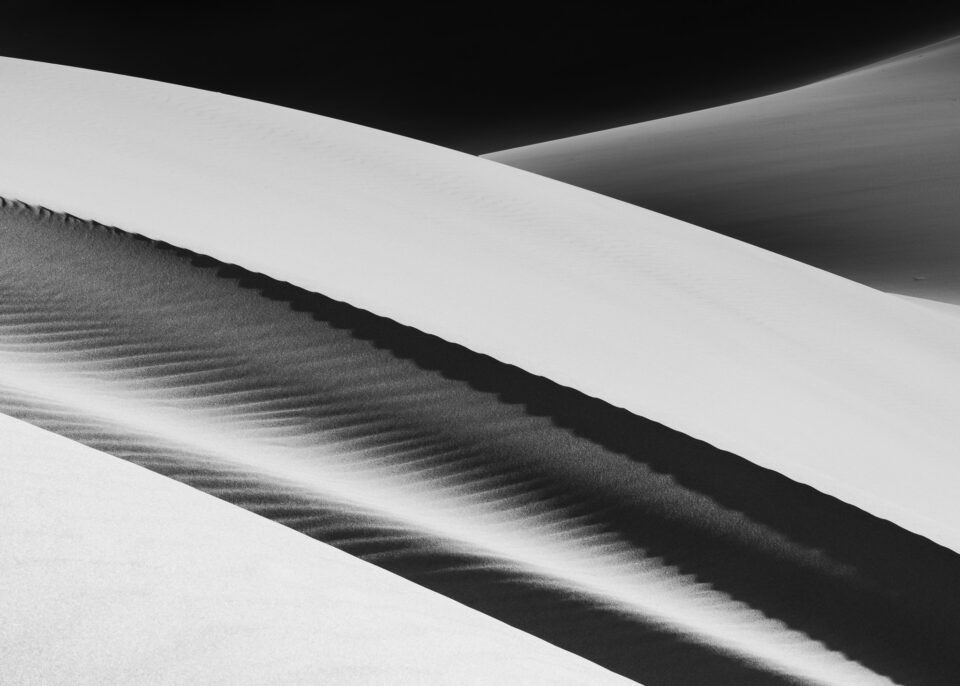
Nikon D800E + 70-200 lens, f / 4; Settings 86mm, ISO 100, 1/10, f / 16.0
Texture has a significant effect on the sense of black and white photography. Irregular waves in the first image have created a strong sense of sinister. In contrast, the second image has repetitive and soft textures that convey a sense of harmony and balance. The surface’s role becomes more prominent when you can not rely on color to get the image’s feeling.
Composition
The best photos are created for a specific purpose. For example, an image photographer captures a landscape in a particular way so that the image has structure and order and is not just a snapshot. In other words, it has a strong composition. The key to black and white photography design is the difference between photo elements and color photos. For example, if you capture portrait images in color, the subject can have bright eyes that dramatically affect the composition. The same is true in landscape photography, where a golden sky can direct the gaze upwards. In both cases, you will need a different combination of black and white.
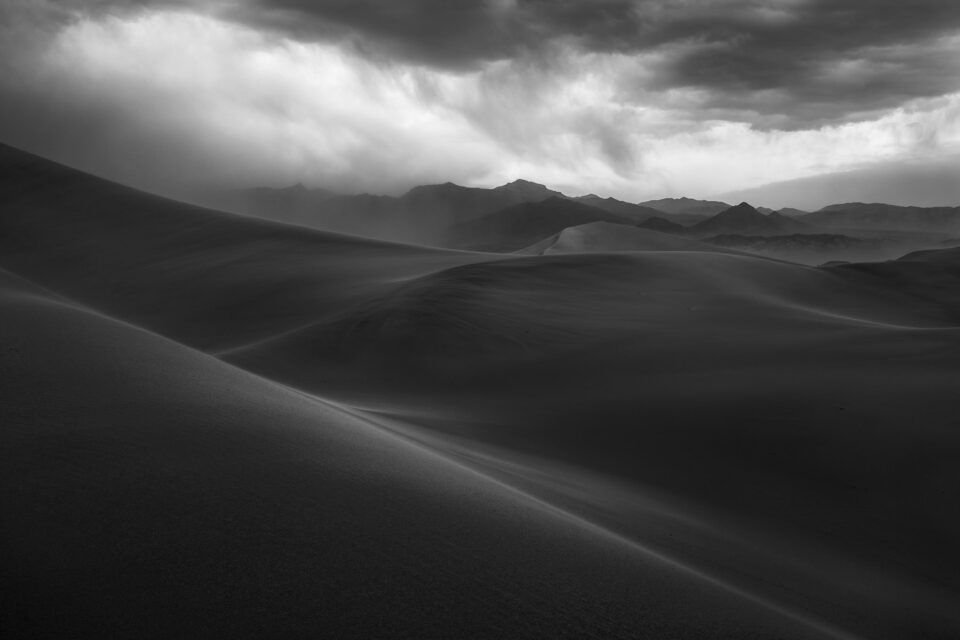
Nikon D800E + 35mm lens, f / 1.8; Settings: 35mm, ISO 100, 1.3 seconds, f / 16.0
At other times you may want to take advantage of the imaginative nature of black and white photography. In the following example, packet composition removes part of the context. The lack of colors makes the audience spend more extended moments recognizing the photo narrative. Achieving such an effect is more straightforward in black and white photography than color photography.
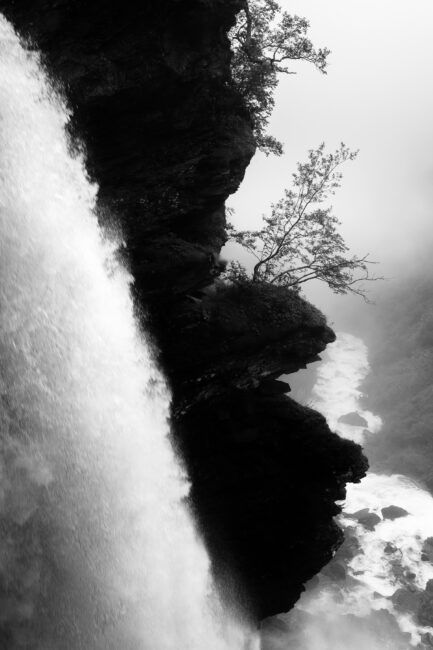
Nikon D7000 + 24mm lens, f / 1.4; Settings 24mm, ISO 100, 1/200, f / 7.1
Of course, you need to combine your photos regardless of whether they are in color or black and white. However, when taking a black and white photo, you may make different decisions about composition.
Feeling
Sometimes conveying emotion is the essential part of photography. All of the elements we’ve covered so far are important for sharing feelings and helping to get the mood and message of black-and-white photographs. For a case study, take a look at the two photos below that show different perspectives. The first shows architecture in Paris, and the second offers a mountain in New Zealand. Despite the entirely different subjects, the two images feel pretty similar:
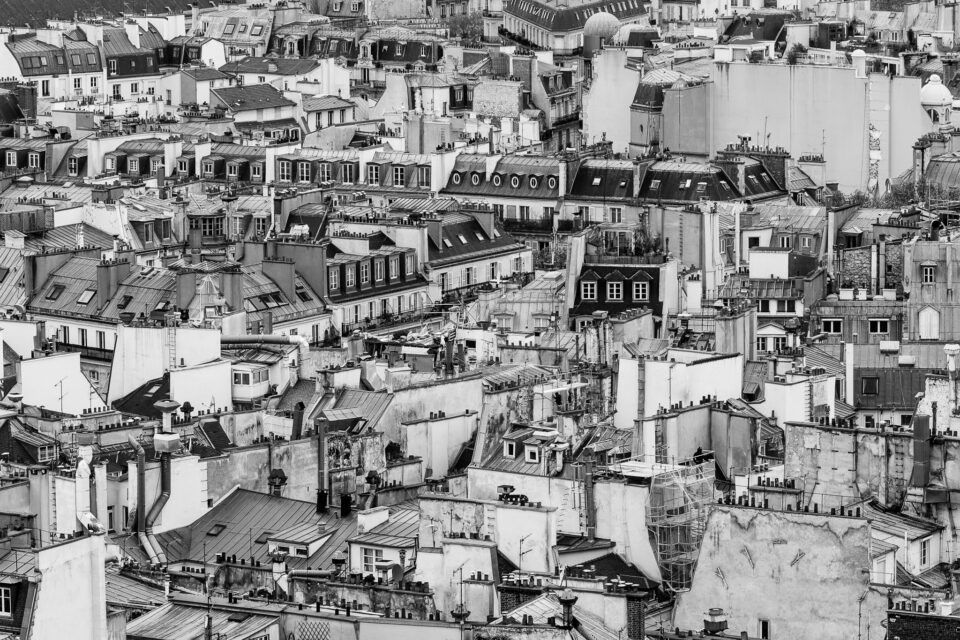
Nikon D7000 + 105mm lens, f / 2.8; Settings: 105mm, ISO 100, 1/125, f / 5.0
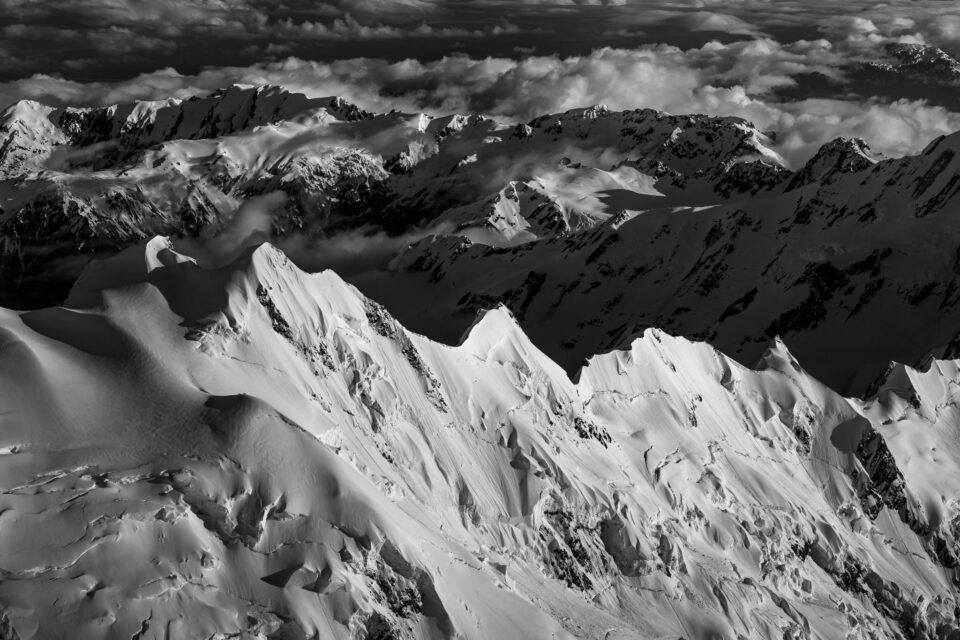
Nikon D810 + 70-200 lens, f / 2.8; Settings: 70mm, ISO 160, 1/500, f / 11.0
But why is this feeling the same? The answer is obvious.
Both crowded photos have high contrast with intense textures and deep shadows. Both combinations show the same fusion of shapes and shades of light.
As a result, what is the difference between the subjects? The sense of the images is similar because their essential elements are very similar. In contrast, the photo below conveys an entirely different feeling. Due to the scattered composition and lack of distractions, the following photo feeling is altogether different and gives a kind of isolation and loneliness.
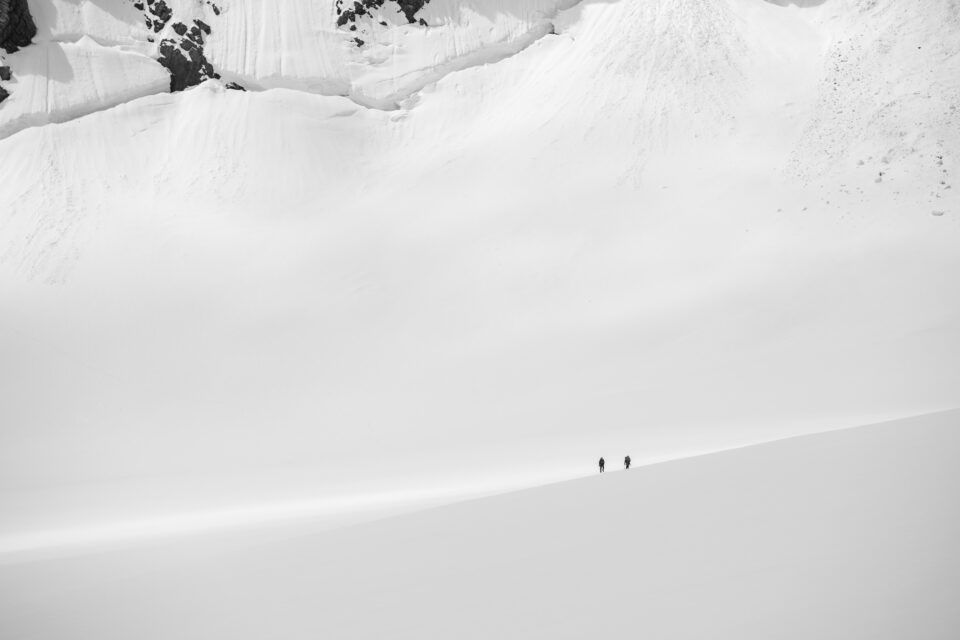
Nikon D800E + 70-200mm f / 4 lens; Settings: 200mm, ISO 140, 1/800, f / 7.1
Emotion is not a separate variable that you can adjust in black and white photography. It results from a set of tools that we have already described. Using the other six elements correctly, you can convey your feelings well.
Final editing of black and white photos
Here’s how to finalize black and white photos using image editing software such as Lightroom, Photoshop, and other software.
How to make a black and white photo in Lightroom
There are several ways to convert black and white photos in Lightroom, But the easiest way to activate the Black & White feature is at the top of the Basic panel or by pressing the v key on the keyboard. You can also turn the image black and white by reducing the saturation to -100 or changing the profile below Camera Calibration to monochrome. Still, these methods are not very efficient because they eliminate some of the HSL tab options setting independent colors in the black-and-white combination.
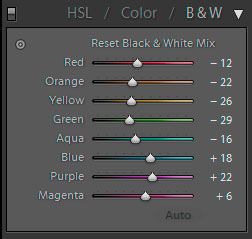
Although the HSL tab is essential for creating black-and-white images, be careful with edge settings and add high noise levels to the photos. These can be reduced in the noise reduction panel (especially color noise reduction), but it is best to minimize the changes.
How to make black and white photos in Photoshop
Photoshop has more flexibility to convert color photos to black and white. You can use the Camera RAW filter, which has lightroom editing options and is applied as a filter to the image. There are several other options in Photoshop. One method is to use the channel mixer layer, which allows you to control the red, blue, and green channels in black and white photography.
You can also add a black and white glass layer that reduces the image’s saturation or opens the picture in a plugin that converts black and white. In short, there are several ways to get a black and white photo in Photoshop, and you can find the method you want.
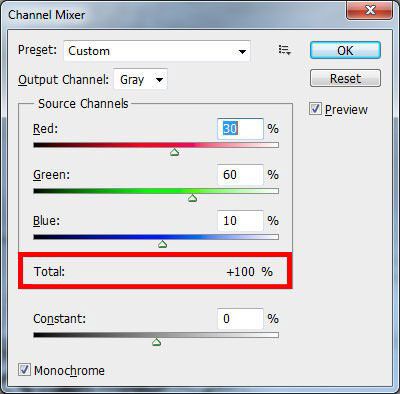
Convert photos to other image editing software
There are several proprietary software for converting color photos to black and white. The most popular software is Nik Silver Efex Pro, which many photographers use. This software works independently or as a Lightroom and Photoshop plugin.
However, it is generally better not to use Silver Efex Pro or other software because saving the black and white version will remove the color information, so there is no way to return the color photo. However, you can always re-edit the RAW file. However, software such as Silver Efex can apply sharper settings without adding noise to the image, which is helpful for some photos. Also, such plugins have more flexibility than the built-in Lightroom settings.
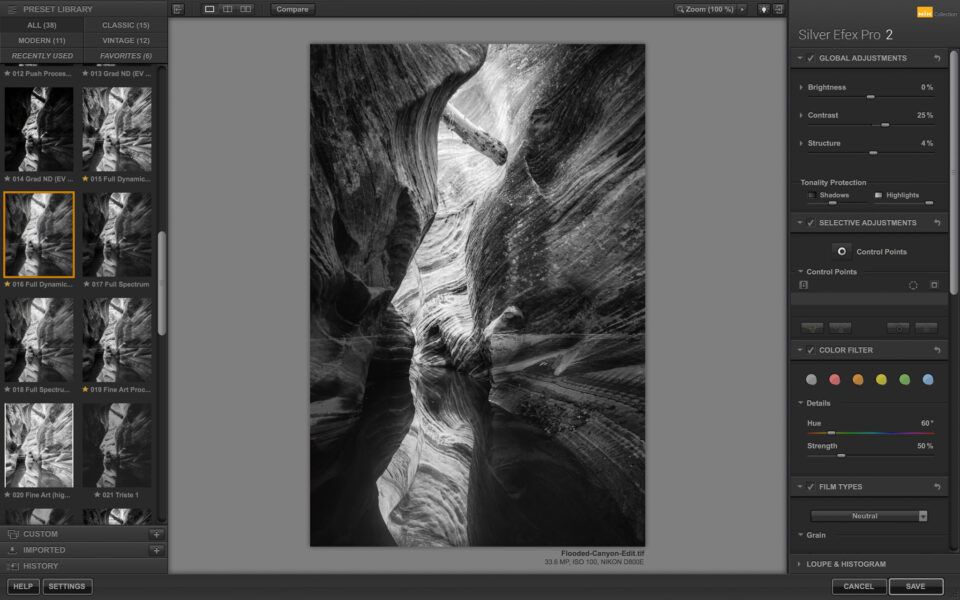
Inspiration and ideas
If you want to create unique black and white images, go outside and take pictures. The best way to improve your field training skills is to practice final editing. Very soon, you can find yourself in the monochrome world and see what the landscape in front of you looks like in black and white. Here are some ways to get started.
Black and white portrait photography
Since portrait photography is one of the most accessible genres of photography, it can be the best way to capture black and white images. Pay particular attention to the exchange of light and shadow when creating monochrome portraits. You can use precise lighting to shape the subject’s face and draw attention to specific parts of the face, such as the look or texture of the hands. If you do it right, you will get good results.
You can also capture the emotions of the subjects. If you create colorful portraits, any outfit can attract attention and prevent the message from transmitting. Still, monochrome photography directs the audience’s attention to the subject’s facial expressions and gestures.

Nikon D7000 + 17-55 lens, f / 2.8; Settings: 34mm, ISO 360, 1/100, f / 2.8
Black and white landscape photography
Monochrome landscape photography conveys a sense of virginity that helps to capture the audience’s attention. These photographs depend on the basic features of the landscape, such as light and earth, to create the narrative. In addition, color landscapes usually prevent the transmission of messages. In such cases, recording black and white landscape is the best method.
However, sometimes the landscape colors may be perfect, but the photo will look better in black and white. For this reason, you, as a photographer, have to pull out the essence of a landscape. Sometimes this essence can be shadow, texture, shape, and contrast.

Nikon D800E + 20mm f / 1.8 lens; Settings 20mm, ISO 100, 1/50, f / 16.0
Black and white street photography
Street photography is perhaps the only genre in which people look better in monochrome than in color, But what is the reason for this? This approach goes back to the history of street photography. Photographers such as Henri Cartier-Bresson and Vivien Meyer captured street life in black and white and, over time, influenced other photographers.
But color can be a distraction from street views on a deeper level. If you want to draw the audience’s attention to a particular subject, you should not be distracted by using large amounts of color. Because usually, in places like cities, the color position in the photo frame is very random. Of course, not all of this means that street photography does not have to be black and white.
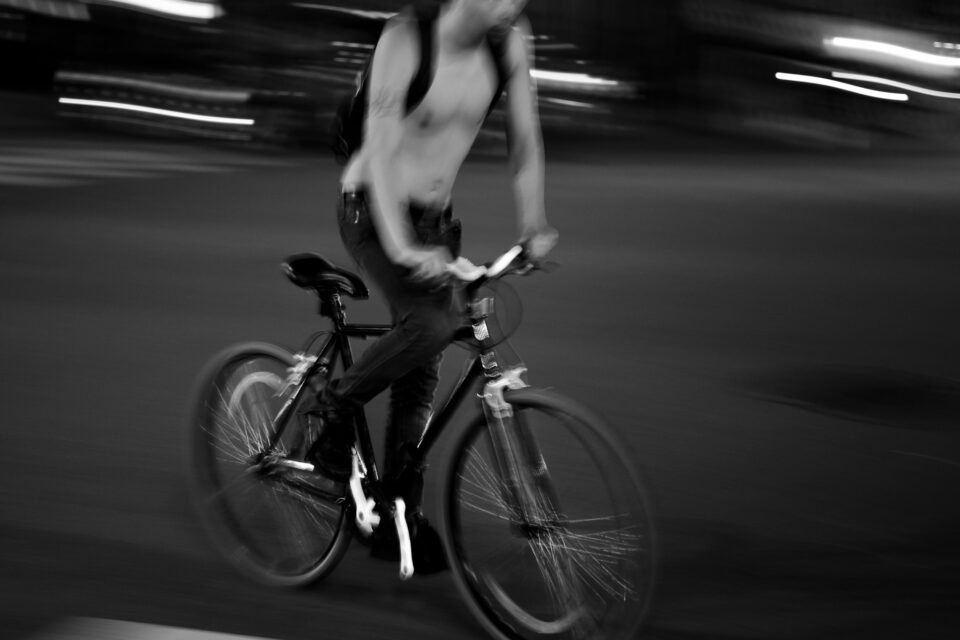
Nikon D7000 + 17-55 f / 2.8 lens; Settings: 55mm, ISO 640, 1/10, f / 2.8
Concluding remarks
Black and white photography is a difficult genre. If you do color photography regularly, you may depend on bright clouds at sunset for the beauty of the photo, or you may capture attractive colors for your eyes, hair, and skin in the portrait genre. However, not many variables remain when removing the paint, and you face another challenge: capturing powerful images without highlighting tools.
None of the above is possible in black and white photography. Instead, you need to work with light, shadow, and other compositional elements to create the narrative so that you can convey the emotions you have in mind. Although it takes practice, it’s worth the effort. Some messages are only transmitted monotonously.











